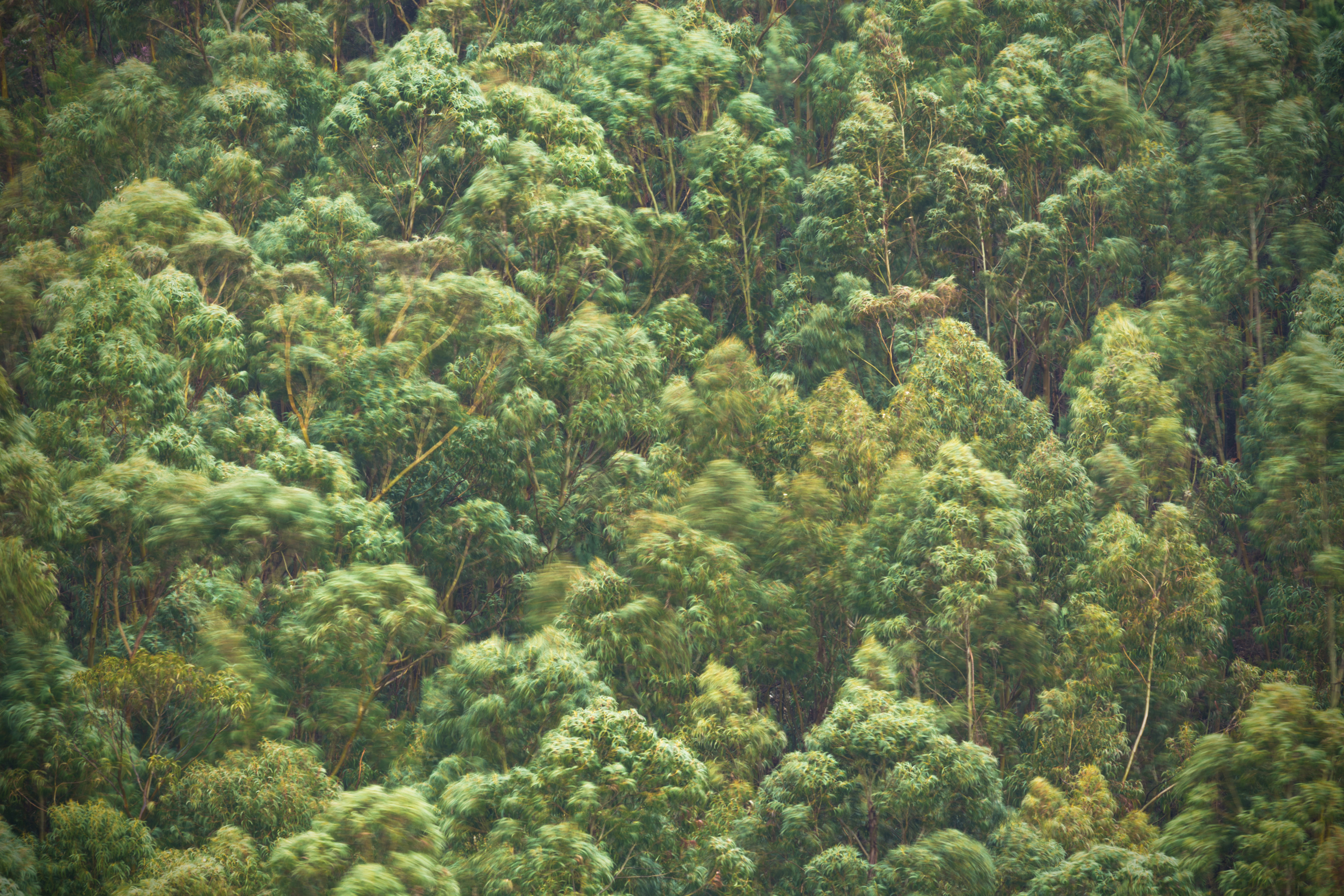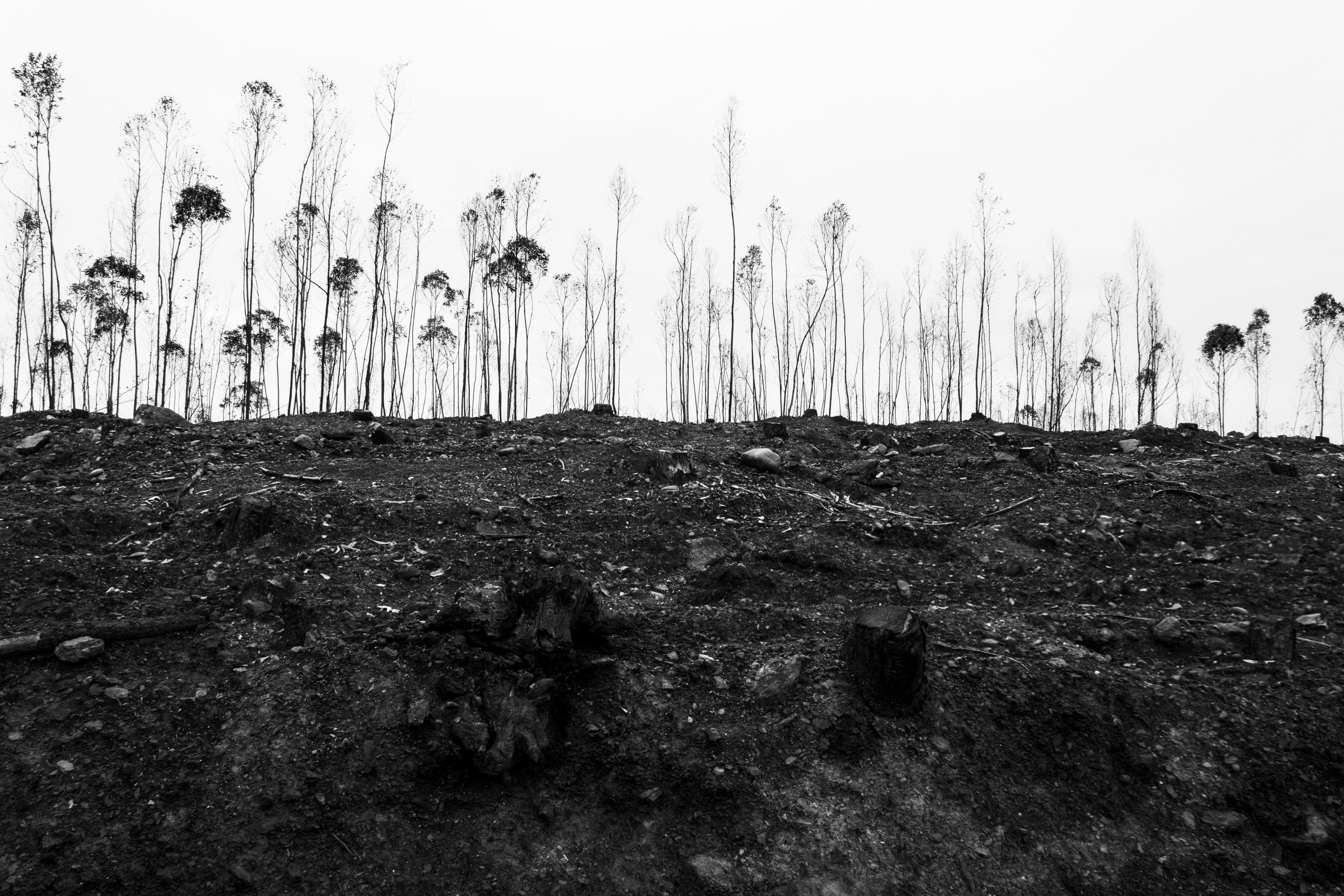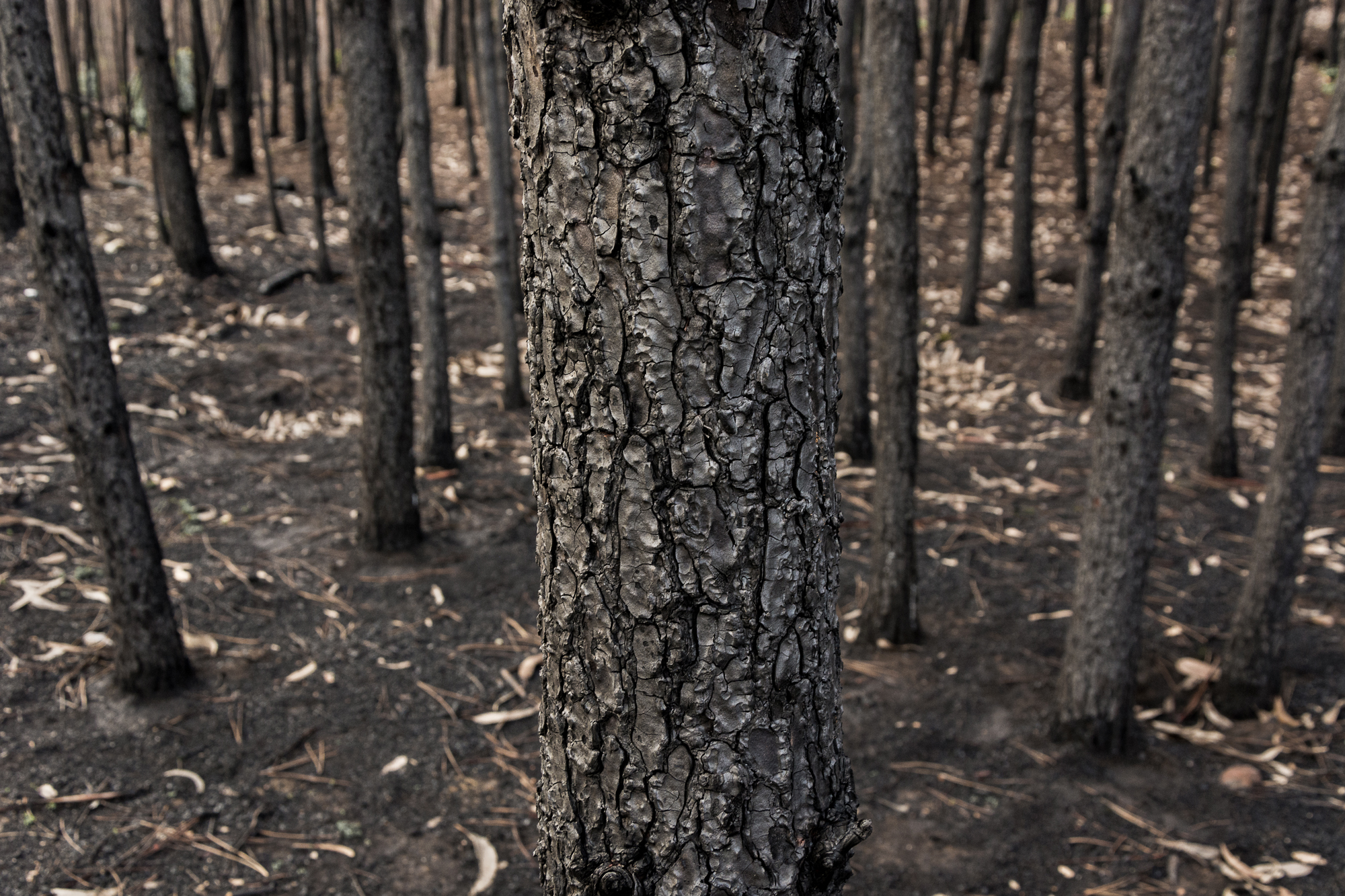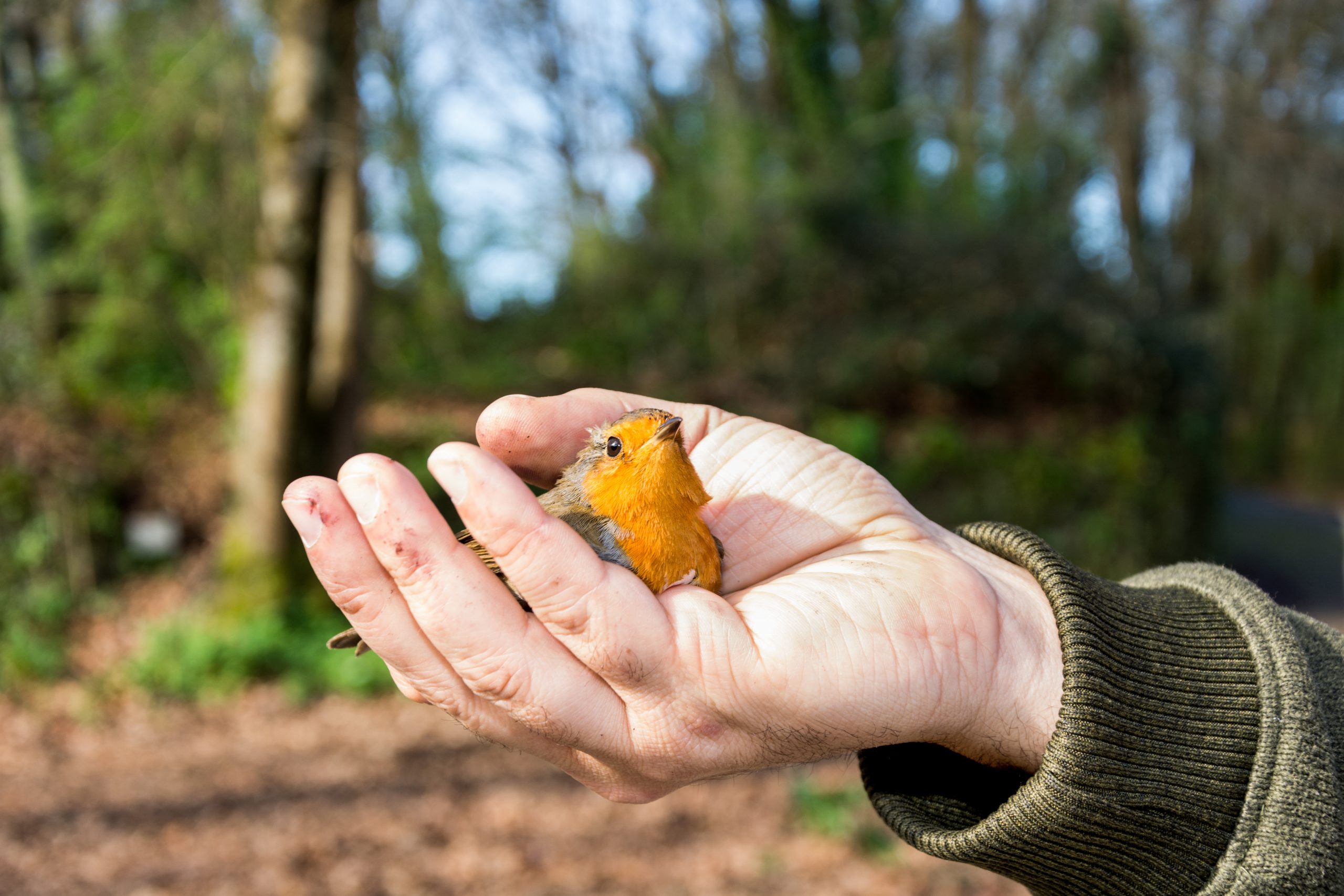Currently more than 7.6 billion people live on planet earth, but the United Nations projects world population to reach 10 billion in the year 2056. This numbers are worrying, because we live in a consumer society, where too much is not enough and as a result we are using more 25% natural resources than the planet can sustain. To match our needs, we have been destroying ancient forests, polluting aquatic systems, over fishing and hunting, wildly using pesticides and herbicides and many other activities that have tremendous negative impacts on the sustainability of our planet and on the survival of every species, including ours.
We have been experiencing a dramatic biodiversity loss in the last decades, already known as the sixth mass extinction. Five other mass extinctions happened somewhere in the past (the last one was 66 million years ago). Millions of populations of fauna and flora have been lost in recent decades not as a result of natural processes as in the past, but due to human activities. Let’s see some examples. Amphibians are represented by 7850 known species, of which 32% are threatened and in just the last two decades about 168 species are believed to have gone extinct. 13% of the bird species, 25% of all mammalian species, near 30% of reef-forming corals species and 34% of conifers species are also listed as threatened. These are just some examples, once this trend can be observed in most, if not every single group of organisms.

Photography is known to be one of the stronger ways to transmit a message and to provoke emotions. A simple image can change the way we think and can make us aware of some problem we even didn’t know it existed or that we have never thought about. Nature photography is no different, because it can play a critical role in calling attention to the environmental problems the planet is facing. Our images give a voice to the species and wild places, that otherwise would remain invisible to most people. Although a regular image of an animal or landscape has its importance and place in nature conservation, there is an additional step that can be taken by the photographer, which is not only documenting nature or creating works of art, but also make images that depict the threats to these creatures. Nowadays it’s not enough to show just pretty animals in a perfect landscape! Of course, it’s important to continue to do it, but the problems we are causing to all the living beings cannot be ignored. We need to create images that inspire people and empower them to change behaviours and take action. Photographs are essential and constant element of conservation strategies. Be it to document, illustrate, compare, or inspire, images are an indispensable component of nature conservation programs.
An excellent example on how photography is important for nature conservation, is the epic journey across the Congo by National Geographic’s photographer Michael “Nick” Nichols, that has led to the creation of a new protected area in Gabon.
Although, I have never done an epic journey, like Michael “Nick” Nichols (not even close), I have some proof that photography is essential to protect the environment. Let’s see some of those examples.
Many myths are created around animals, either because of the appearance or the behaviour. Usually, the reason for these nonsensical stories is the lack of knowledge about nature. The region where I live (north of Portugal) is no exception. Many believe that slowworms (Anguis fragilis) are venomous to the point of killing an adult person. That couldn’t be more wrong! Slowworms are legless lizards that feed on invertebrates and not snakes as many think. They don’t produce any kind of venom, slowworms are as inoffensive as other small lizards. These reptiles are easily found in agriculture fields where are intentionally killed by people, but by showing to these individuals pictures and by handling these creatures, I was able to show that they are armless. Today, when a snake, slowworm or amphibian is spotted by someone that knows my work, they call me to take out the animal and release it in the wild, instead of just killing it. This is the power of photography, it educates people and can actually save lives! For me, this is my greatest achievement as a photographer and as a biologist, but I hope to do much more in the future with my work.

I started my career as an amateur photographer photographing just the animals with immaculate nature in the surroundings, but today I’m much more into nature conservation photography. My goal is to create images that are aesthetically appealing, but also that have impact and that can be used in nature conservation. I feel that people need to see what is wrong, we need to get shocked and feel guilty to take action. For example, I started a project about the problems of roadkill in the Portuguese roads for the conservations of the affected species. This is a big issue in Portugal, as in many other countries around the world, but just a few people are aware of that. With images like the following one, I think people will get sensitized and realize that the way we drive can have massive impacts on local wildlife.

Another project in which I am working is related to the problem of invasive species, both flora and fauna. Invasive species are considered one of the major challenges of nature conservation globally. Ecosystems are the result of thousands of years of evolution between species of a certain region and there is usually a certain balance in its functionality. However, when a species, which never existed in that place, is introduced, that balance can be lost, leading to the disappearance of many native populations. The Asian wasp (Vespa velutina) is an excellent example. This extremely aggressive animal has no natural predators in Portugal and can decimate a hive of native bees in just a few days. In 2011 a nest of Asian wasps was spotted for the first time in Portugal, today they are to the thousands in several points of the country. My goal with this work is to make people aware to the problems that exotic species (often pets and garden plants) can cause to biodiversity when released into the wild.



The conservation challenges are increasing over the years, and thus the need of images that touch people’s hearts. In my opinion, nature photography should follow three criteria: show not only the beauty and inspiration we can find in wild places, but also the cruel and sad reality of destruction of nature and if possible, the work scientists have been doing to understand and make this world better. Amazing work has been done by many photographers around the world, but we need more, the world is too big and environmental crimes happen everywhere, at every second.


Thank you for reading this article. If you have any questions or suggestions feel free to contact me.
